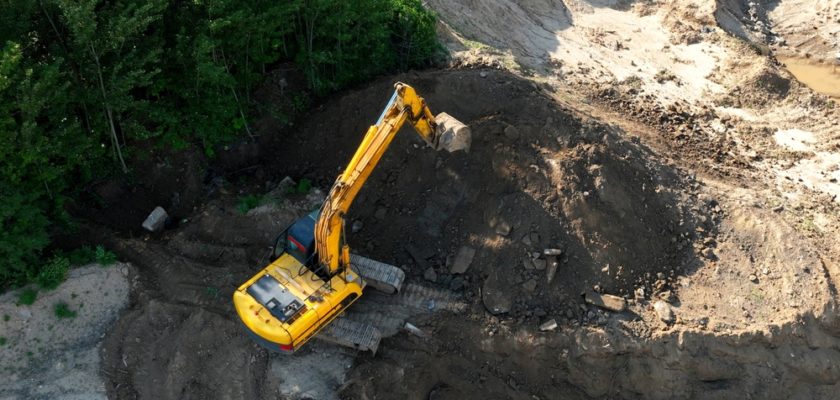CIF Learning & Development in partnership with O’Herlihy Access Consultancy are providing a One Day Programme on Access to Conservation and Heritage Sites.
CIF Training & Development has been delivering consistently for CIF members and non- CIF members over a number of decades. Our watch word is quality with strong customer focus while providing accredited programs. The T&D Department has been delivering high quality training for the construction sector for many years.
This programme provides participants with an understanding of the important role accessibility plays in conservation and heritage sites. During the session, participants will gain insight into the latest legislative requirements and best practice and identify methods to mainstream accessibility within protected structures and buildings of historical significance. The course will provide case studies of national and international good practice on this subject.
Access to Conservation and Heritage Sites
The aim of this course is to equip participants:
- with an understanding of the requirements of Part M 2010 in relation to buildings of historical significance.
- to ensure participants appreciate the key requirements to make a protected structure accessible and usable for all people.
- to equip Building Managers, Safety Personnel, Heritage Officers, and Conservation Officers with the knowledge and skills to combine the requirements of the disability legislation with heritage legislation and appropriate guidance.
On Completion of this Course participants will:
- Understand the key amendments to Part M 2010 and have an increased awareness of the implications of TGD M 2010 on the design of buildings of historical significance.
- Appreciate how to determine practicability and understand the application of Part M to existing buildings.
- Strengthen their knowledge of the Disability Act 2005, Part M of the Building Regulations, and other relevant built environment legislation.
- Understand the concepts of Universal Accessibility, Universal Design, and access to the built and external environment.
- Adopt creative and sensitive solutions in the adaptation and management of their properties.
- Reflect on opportunities to improve access without comprising the status of the building.
- Reconcile access requirements with the protection of the quality and interest of historic buildings.

